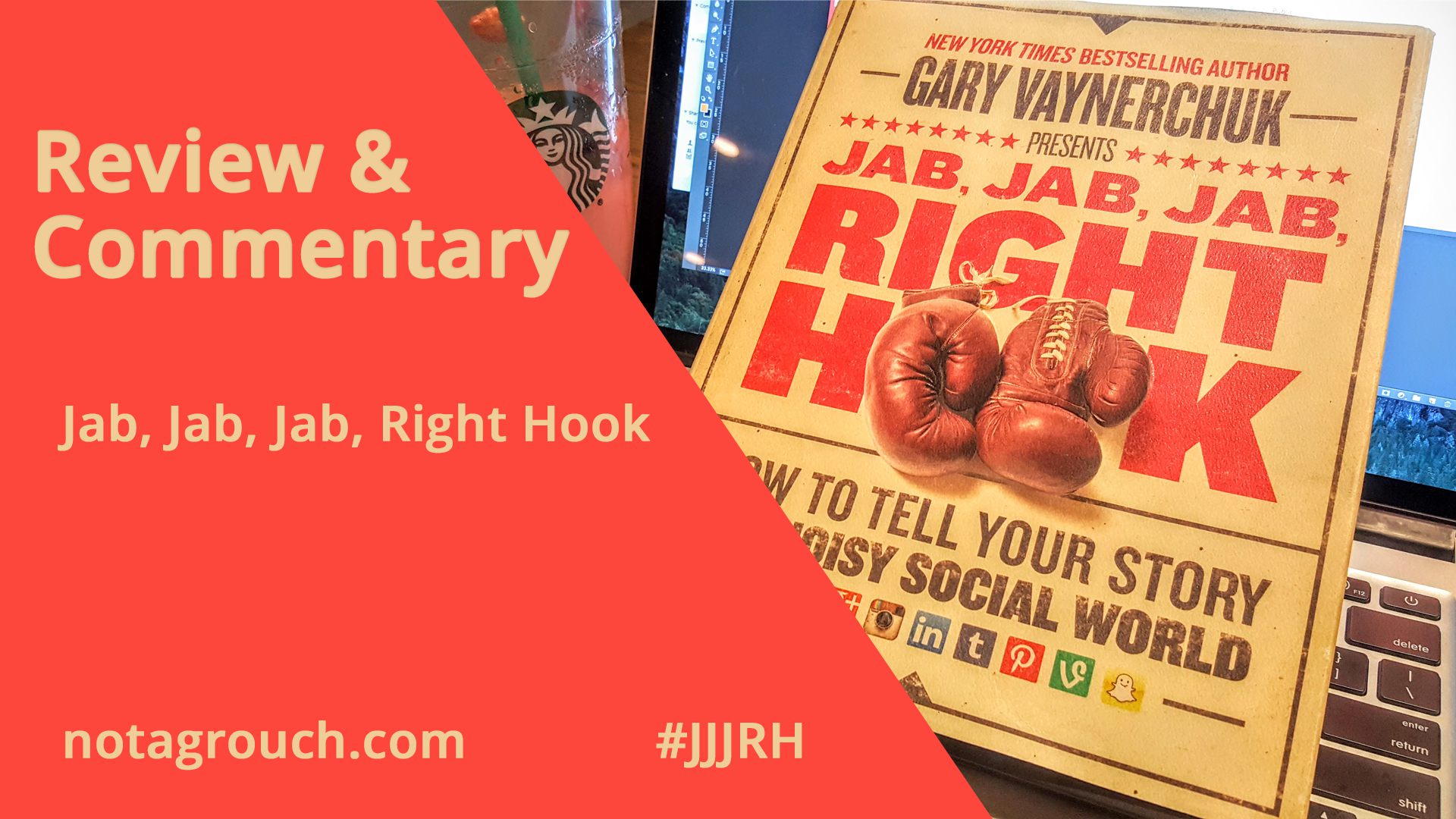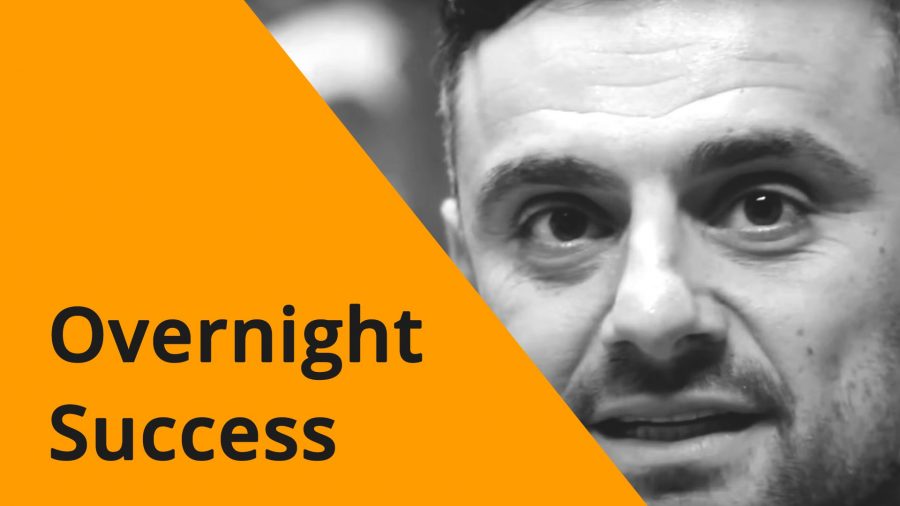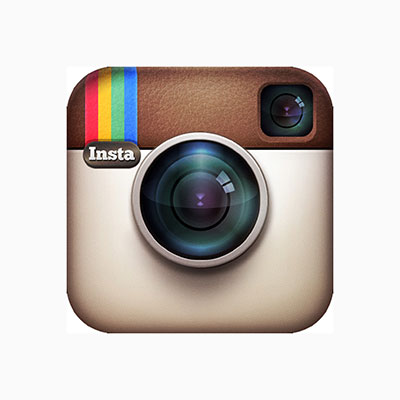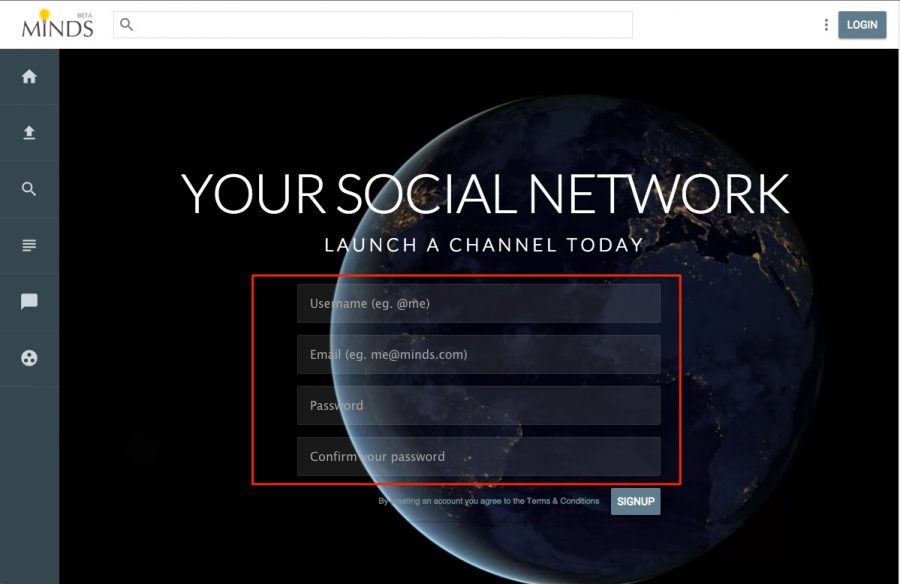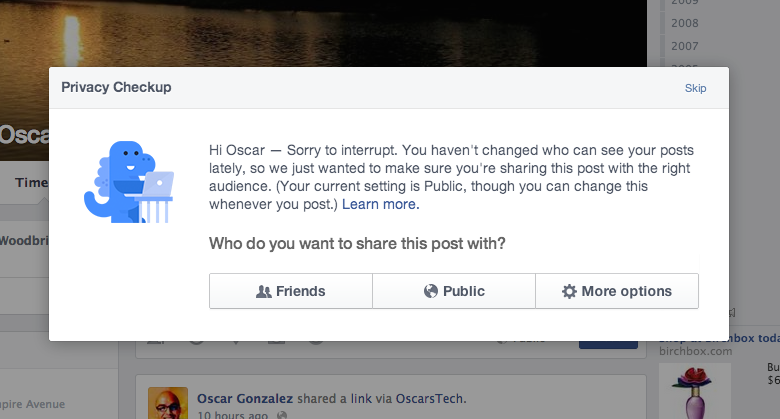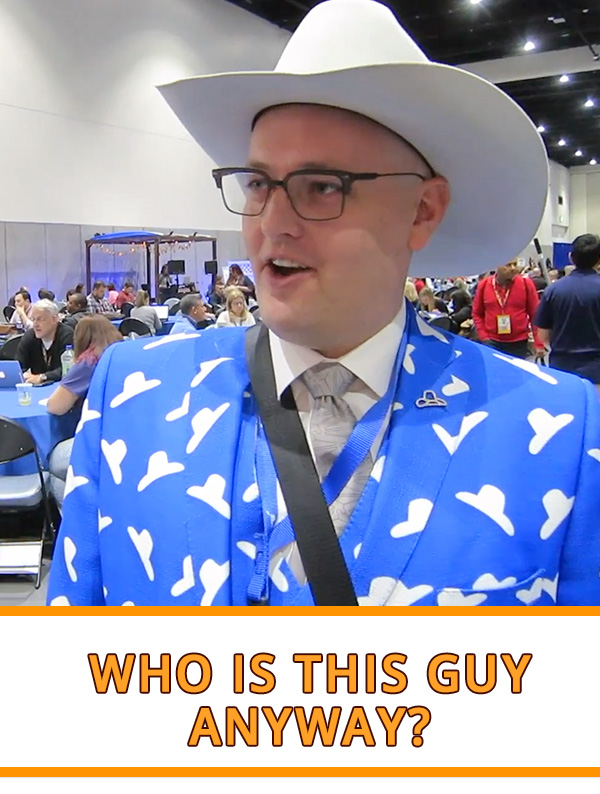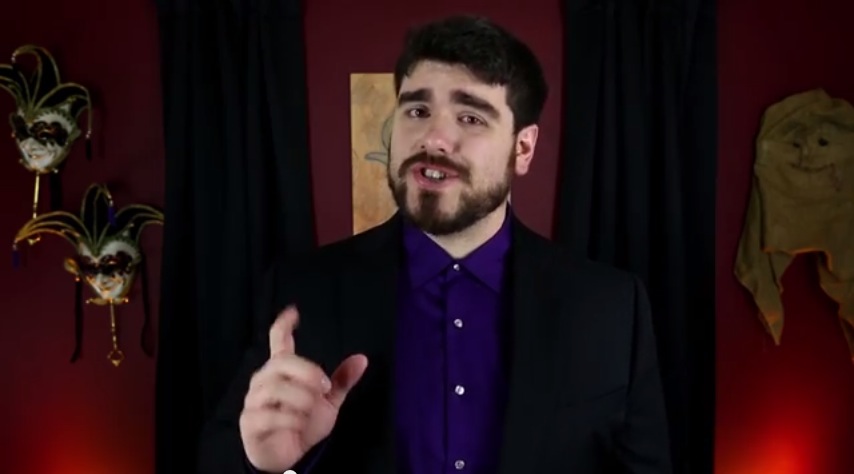Jab, Jab, Jab, Right Hook. – Review & Recap
A dirty little secret first
I finally read Jab, Jab, Jab, Right Hook, by Gary Vaynerchuk. If you noticed, we started reading it for the book club about four weeks ago.
I've been recommending the book to clients and friends since it came out, but here's the dirty little secret. I had not read it. I only skimmed through it once or twice, but I inherently understood what the book was about.
And talk about throwing jabs all day long. Gary has put out so much valuable content and so clearly articulated the essence of this book throughout his talks before publishing it that I knew I could recommend this book even without reading it.
How many things would you feel comfortable recommending without actually trying or using yourself?
I trusted that my clients would like the book and get value from it and everyone would come back telling me how great it was. People are still talking about it now, check out the hashtag on Twitter: #JJJRH.
Time to buckle down
But now running the book club and helping more people, I thought it was time to read it and get the details. Especially because of Snapchat. I've been using Snapchat now quite a bit more than I ever did before and I wanted to see what Gary had to say about it in the book.
The spoiler on that is that he doesn't talk much about Snapchat. At the time of the writing of the book, Snapchat wasn't a big network, so it only gets a few pages towards the end. But the whole message of the book applies to Snapchat as it does to anything else.
He talks heavily about Facebook and Twitter, on Round 3 and on Round 4 respectively. Facebook is where you story-tell, and Twitter is where you follow the pulse, where you listen.
I think everyone in the book club also appreciated the choice because many of the members are completely new at social media, and even more so when it comes to using it for business.
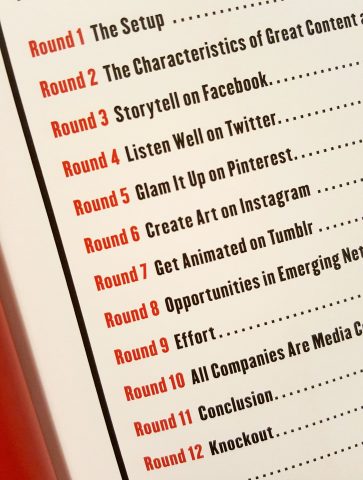
The devil is in the details
The book is beautiful, literally. Its body is designed in a wide format and even today is only available on hardback edition. It is almost like a coffee table book and it has a fancy jacket with a prominent old school pair of boxing gloves embossed to represent the "oo" in Hook.
The pages are thick and of high quality semi-gloss paper. Like a high-end book. I was surprised about all this when I bought the book because Crush it and The Thank You Economy were just normal books in these regards. I was also surprised at the price: $32.39, until I really analyzed it and read it.
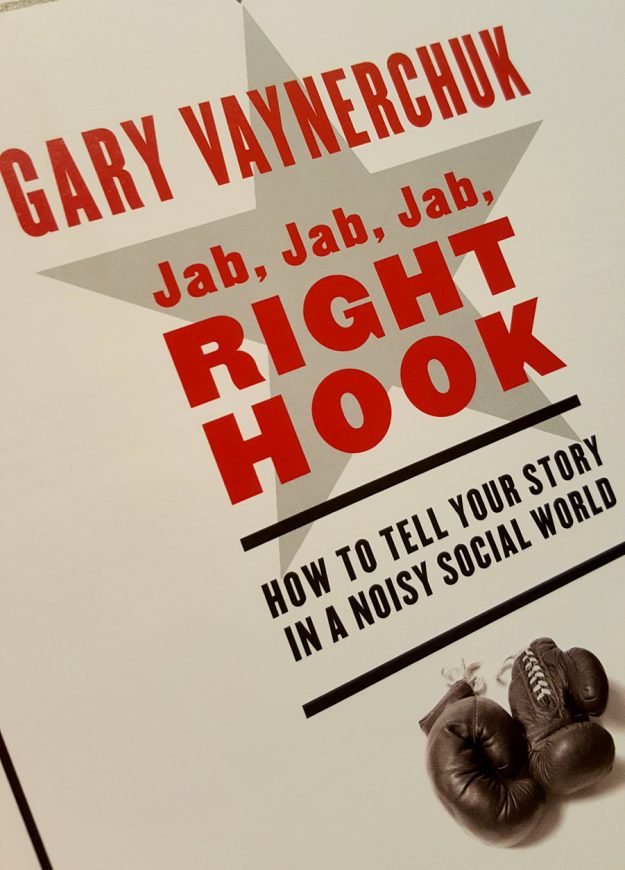
But the book itself is a metaphor of what Gary is talking about in it. How to tell a story in the chosen medium so that it stands out in the best possible way.
In this case, Gary is using a classic format (book) to tell us stories about social media networks, but he picked the best possible format to deliver that story. This is one of those books that stands out from the rest for several reasons.
It doesn't fit your bookshelf like the other books do. It doesn't blend into the background when you take it out and it isn't something you can read conspicuously. Every page is perfectly crafted.
Full color, solid typeface and smart formatting make this a book you want to keep even after you finish reading it. All these details reflect the message he talks about in every chapter, or rather in every round. Stand out, and do it well.
Mostly Evergreen Content and solid advice
With the exception of a few mentions and predictions of Google Glass and Google Plus, the content still stands up to scrutiny, almost 3 years after it was written.
In social media, that's like 20 years!
The core of the book focuses on what Gary has been doing and saying all along in all of his videos. Learn to speak the language your customers speak. It doesn't matter if your customer is on Facebook, Twitter, Google Plus, Instagram, Snapchat, or the latest and greatest hip app. You have to speak natively or you'll die.
Breaking it down
The first two rounds setup the rest of the book by reinforcing core social media principles. Gary talks about how social media is mostly about micro content and content that gives much more than it asks. It entertains, and it works but only when it's native to the platform. This is how the major chapters in the book break down.
Then the rest of the book is all about specific networks. The Facebook section is particularly important because Facebook is the biggest social network today. The most relevant, the one with the widest demographics and arguably the one that commands the most attention.
The section is good because it talks about all the nuances of Facebook, but it also showcases short 1 page critiques on various posts by brands. Gary praises or rips each one of them apart and helps you see things as you should, from your customer's point of view but never forgetting the benefit your activity will provide in the long term, if done right.
The Twitter section is another sizable section of the book. I still use and love Twitter, despite growing criticism and concerns for its long term viability. I even wrote a guide on how to grow it.
Gary, in classic Gary style goes all in and tells you about using Twitter to listen to your customers. How to listen to trends and make personal connections that will transcend the life of the platform.
On Pinterest
Pinterest is very underutilized, but in round 5, Gary teaches you about "glaming it up on Pinterest." This is a place where you can build community and showcase your products in a very flattering light. Just don't forget to speak the native language.
Like in the Facebook section, there are critiques of good and bad use cases for Pinterest and one of the recurring themes here is to use the platform natively, like making sure your pins have a link to the correct location.
The Instagram section is mostly case studies like those on the Facebook and Pinterest rounds. Overall this chapter is short but the basics are reinforced. Speak the language; use hashtags, use great photos, appeal to the younger crowd with visual story telling.
Tumblr
After Instagram, we have Tumblr. One of those huge yet obscure networks. At one point in the not so distant past, Tumblr was bigger than WordPress as a blogging platform. But that's the thing. Tumblr is a blog platform. So it is everything and nothing at the same time.
It's tough to build community and even tougher to use it right. Gary's tips here are to really, I mean, really, learn the language. Use animated gifs, recreate, borrow and uplift content and be careful with pushing your own stuff here.
And yes... I use all of these platforms and more. If you want to catch up with me on any of them, here you go: Facebook, Twitter, Instagram, Pinterest, Tumblr.
The Final Five Rounds are Meaty
In conclusion, you should get this book. You should read it, study it, apply it, and use it as a way to learn about what's coming. There are three sections to the book, the introduction & setup, the case studies and then the closing advice. The book is almost 3 years old now, but still relevant, even Gary thinks so.
STAY RELEVANT OR DIE | DailyVee 061https://t.co/nA44ZnoUkS ???❤️ pic.twitter.com/Ze4sHYfCDS
— Gary Vaynerchuk (@garyvee) August 17, 2016
The last five chapters of the book are packed with logic, motivation and inspiration. Things that should help you feel inspired to go on and take on the world. It doesn't matter if you are just joining the social media revolution (but it does matter that you do it now!).
It doesn't matter because as you'll see, there are new things coming up all the time and in contrast with the old media formats like TV, Radio, Magazines and Newspapers, social media changes daily. This gives you an advantage to stay ahead of the curve by working your ass off, by paying attention to the trends and your consumers.
One thing that I found particularly interesting was the title and message for round 10. This is something I've been telling my clients for years, even before JJJRH. You are a media company, whether you like it or not. I don't care if you sell washers and screws, if you teach driving lessons, or do wardrobe shopping for celebrities.
You are a media company now and it's up to you to be a good one. And if you don't know what I mean by that then I recommend you go and pick up a copy of Jab, Jab, Jab, Right Hook.
If you already read it, what were the most salient points you took from it? How about your favorite quotes? Drop them in the comments and I'll include them in my next round up.

